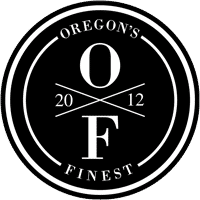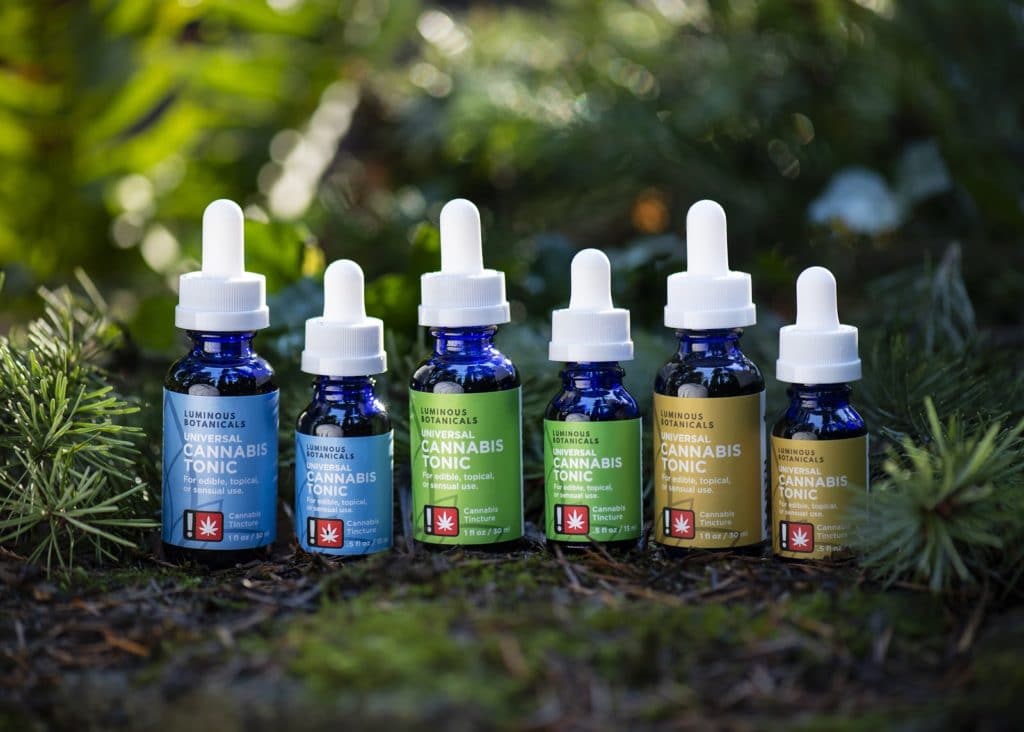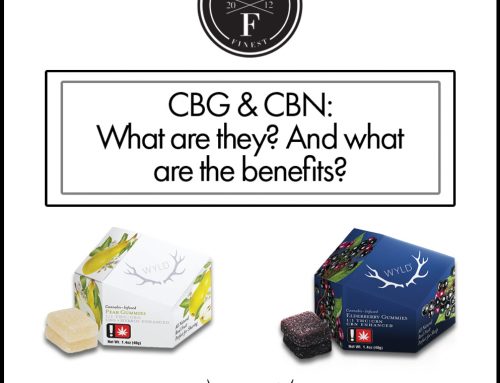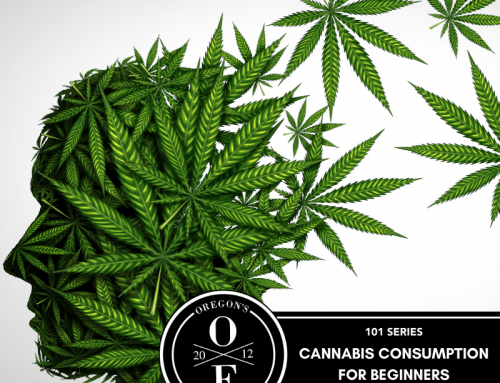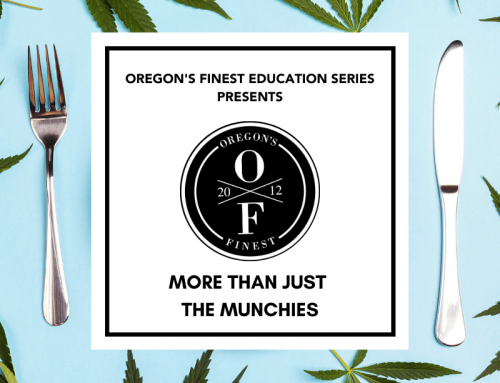Author: Sam Villegas
Many of us can agree that the United States has a fascinating history of cannabis. Having once been a necessity by law to grow, the US has had a fickle relationship with it over the years. In its earliest forms, tinctures were easily bought in pharmacies and general stores [1]. Until around 1937, it was mainly an over-the-counter medication used to help treat many of the same symptoms that we use cannabis for today [2]. More recently, dubious cannabis-derived CBD tinctures have been popping up all over supermarket shelves leaving many consumers with more questions than answers. Tinctures are still around, providing relief for people who are unable or uninterested in smoking flowers but have a larger place in pharmacology.
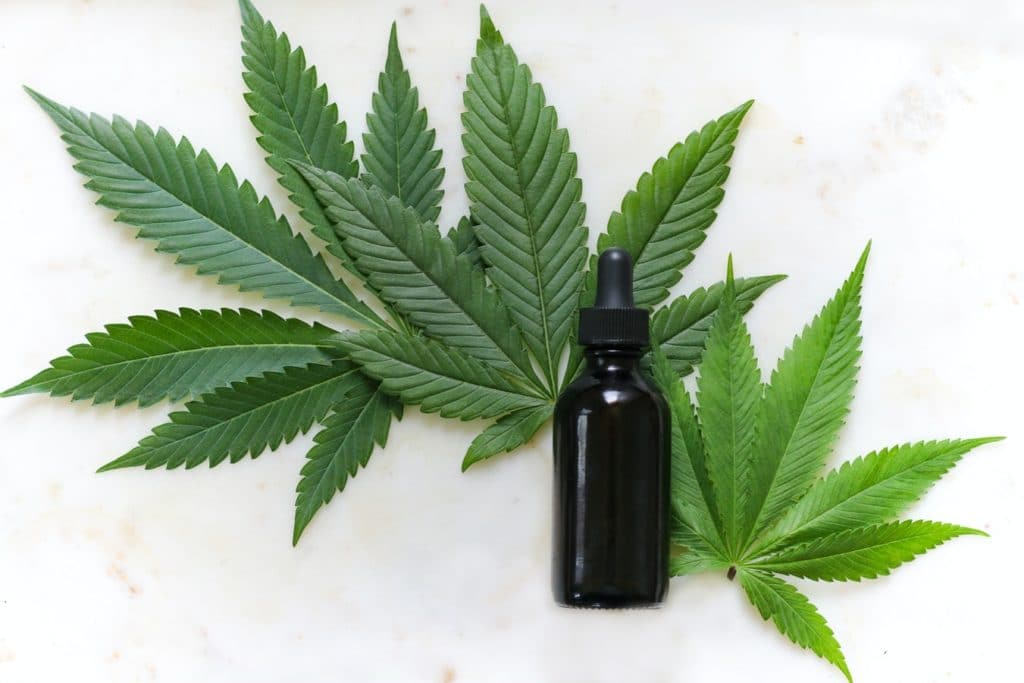 What is a Tincture?
What is a Tincture?
Tinctures are not always cannabis-specific and have many varying forms. Herbal tinctures are traditionally made by soaking herbs in alcohol or vinegar for an extended period (usually a couple of weeks) in order to extract any active ingredients from the plant for their potential health benefits. With cannabis, the extraction process is similar, focusing on full-plant extraction or a single compound. Many individuals beginning their cannabis journey are confused about whether they should consume a small amount of THC with their CBD, opting for a hemp-based option.
In 2015 published in Pharmacology & Pharmacy researchers found that when administered to mice, the therapeutic window was wider with a cannabis-based tincture utilizing whole plant material opposed to a single compound [3] This means that you’re more likely to seek the relief that you’re trying to achieve with a tincture that was extracted using the entirety of the plant, which may contain a small amount of THC. Martin A. Lee from Project CBD breaks down the differences at length here.
All CBD Tinctures Are Not Created Equally
Hemp-based CBD tinctures are by far the most readily available. Found in grocery stores, including New Seasons, consumers are becoming inundated with options. One of the main concerns with hemp-based tinctures are the lack of information available to the patient when purchasing at locations outside of a dispensary. Hemp-based CBD is often thought of as a safer alternative to a tincture derived from full spectrum cannabis, but many researchers are saying otherwise. One of the main concerns is that hemp is a well-known bioaccumulator [4]. This means that it soaks up heavy metals and pesticides from the ground. If you aren’t knowledgeable of where your hemp-based CBD is being sourced from, it could lead to the greater chance of having these concentrated pesticides, as it’s not privy to the same strict regulations full-spectrum cannabis has [5].
Not everyone is looking for a CBD tincture, many consumers are looking for alternatives to smoking cannabis that will still produce intoxicating effects for pain relief, appetite stimulation, etc. Tinctures allow absorption by way of oral mucosal absorption (or sublingual), which tends to allow for faster onset of effects [7]. In a study titled Effect of Sublingual Application of Cannabinoids on Intraocular Pressure: A Pilot Study shows that the effect of taking a cannabis tincture with a THC is helpful for individuals suffering from intraocular pressure (IOP) and the ratio was tolerated well by the patients [8]. Meaning that most patients were relatively comfortable consuming, what Oregon recommends as one serving, 5mgs of THC. Of course with all cannabis products, it’s a relative experience and experimentation is key to figuring out what dose can provide you relief.
A Tincture with a PDX Heart
There are tons of different tinctures on the market, ranging from full-spectrum CBD, high THC, CBD:THC ratios, and the aforementioned hemp CBD options. A team favorite at Oregon’s Finest is the Portland-based company, Luminous Botanicals. Formed in 2014 by founders Sally and Devan, they’ve been able to provide high-quality products sourced from reputable farms, free of alcohol to patients. Offering a variety of products, including capsules and cannabis lube Dew Sensual Oil, and their original product, Universal Cannabis Tonic. We reached out to Amanda from Luminous Botanicals who has managed education programs for the company for two years. She’s been a part of Luminous Botanicals for over two years now, after budtending and falling in love with the product four years previously.
Why were you drawn to the company?
I had just transitioned into the cannabis industry from caregiving and medication management for adults with dementia, and I was chomping at the bit to find clean, simple cannabis products on the shelves that I could feel good about recommending for medicinal use. The Universal Cannabis Tonic (formally known as the Cannabis Cure-All) was the ideal product for aging adults because of its multi-use quality and cost efficiency (especially important for those on a fixed income). As I became more intimately acquainted with the product I began to see all walks of life benefitting from the Tonic – and now every friend and family member I have is as devoted a fan as I am.
What are the multiple uses the tincture can be used for?
The Universal Cannabis Tonic is marketed for “edible, topical or sensual” use so basically as an entirely organic edible/ tincture, a massage oil or pain-relieving topical, or as a weed lube!
What sets the tinctures apart from other tinctures in the Oregon market?
The Tonic is unique in the way it’s made and the sources we use. Luminous is one of the only producers in the Oregon market (if not the only one) who makes an edible/ tincture product the old school way: simply steeping our organic cannabis flower material from the whole plant directly into the oils for infusion; instead of using a concentrate. This tried-and-true herbalist method works wonders for the fat-soluble cannabinoids to be efficiently carried by the oil.
Luminous Botanicals is also the first producer to be Sun + Earth Certified alongside the two farms we partner with, Green Source Gardens and East Fork Cultivars. The three tenets of this regenerative agriculture certification are earth care and cultivation, human empowerment, and community engagement.
What do you believe makes the company special?
Simply, the people who run it. The owners, Sally and Devan, are mindful about every single decision they make and really respect the reality of the interconnectedness of all things.
What is your favorite tincture blend, why, and how do you use it?
While most of my family and friends are Meadow fans, I am a Sky blend gal myself. For a while I ceremoniously had “Sky Blend Sundays” with my partner where we would indulge in our appropriate doses edibly, then do cannabis massages, and lastly of course use it as a pleasure enhancing oil for playtime together (I’m telling you…try it). But for the more vanilla days, Luminous released a small soft gel capsule version of Sky blend so those precious doses are the ideal sugar-free pick-me-up for me.
It’s good to keep in mind that when deciding which type of cannabis product works best for you, personal accountability is important. There are thousands of products on the market all claiming to offer similar results. What will ultimately work best for you is a relative experience and experimentation is key to find what will ultimately be beneficial for your specific condition.
References
[1] “The Buyers – A Social History Of America’s Most Popular Drugs | Drug Wars | FRONTLINE,” PBS.
[Online]. Available: https://www.pbs.org/wgbh/pages/frontline/shows/drugs/buyers/socialhistory.html. [Accessed: 09-Jun-2020].
[2] “Marijuana Timeline | Busted – America’s War On Marijuana | FRONTLINE,” PBS. [Online]. Available: https://www.pbs.org/wgbh/pages/frontline/shows/dope/etc/cron.html. [Accessed: 09-Jun-2020].
[3] “Overcoming the Bell-Shaped Dose-Response … – file.scirp.org.” [Online]. Available: https://file.scirp.org/pdf/PP_2015021016351567.pdf. [Accessed: 09-Jun-2020].
[4] “Five Fallacies About Hemp,” Project CBD, 23-Apr-2020. [Online]. Available: https://www.projectcbd.org/politics/five-fallacies-about-hemp. [Accessed: 09-Jun-2020].
[5] “(PDF) Understanding dabs: Contamination concerns of cannabis concentrates and cannabinoid transfer during the act of dabbing,” ResearchGate. [Online]. Available: https://www.researchgate.net/publication/283651538_Understanding_dabs_Contamination_concerns_of_cannabis_concentrates_and_cannabinoid_transfer_during_the_act_of_dabbing. [Accessed: 09-Jun-2020].
[6] N. Bruni, C. Della Pepa, S. Oliaro-Bosso, E. Pessione, D. Gastaldi, and F. Dosio, “Cannabinoid Delivery
Systems for Pain and Inflammation Treatment,” Molecules (Basel, Switzerland), 27-Sep-2018. [Online]. Available: https://www.ncbi.nlm.nih.gov/pmc/articles/PMC6222489/. [Accessed: 09-Jun-2020].
[7] Bartlett JA;van der Voort Maarschalk K; “Understanding the Oral Mucosal Absorption and Resulting
Clinical Pharmacokinetics of Asenapine,” AAPS PharmSciTech. [Online]. Available:https://www.ncbi.nlm.nih.gov/pmc/articles/PMC3513449/pdf/12249_2012_Article_9839.pdf. [Accessed: 09-Jun-2020].
[8] Tomida I, Azuara-Blanco A, House H, Flint M, Pertwee RG, Robson PJ. Effect of sublingual application of cannabinoids on intraocular pressure: a pilot study. J Glaucoma. 2006;15(5):349‐353. doi:10.1097/01.ijg.0000212260.04488.60
Image source 1: https://images.unsplash.com/photo-1556928045-16f7f50be0f3?ixlib=rb-1.2.1&ixid=eyJhcHBfaWQiOjEyMDd9&auto=format&fit=crop&w=1351&q=80
